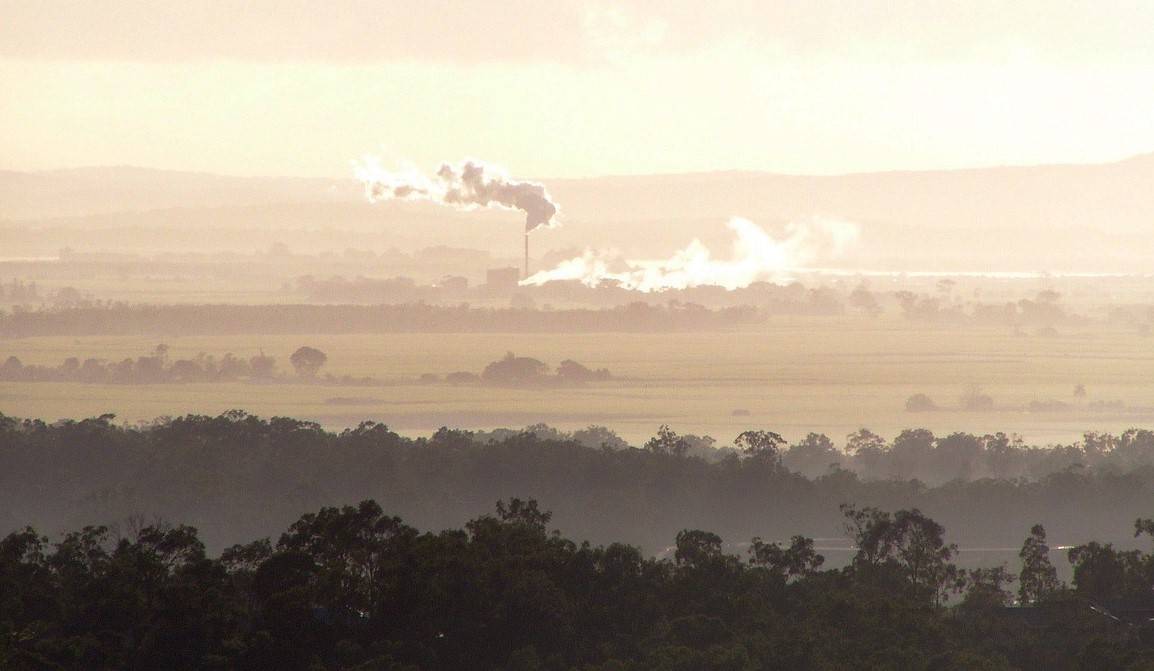
Air pollution remains a pressing global issue with severe health implications, particularly in densely populated regions like Northern India. In a significant development, researchers from the Indian Institute of Technology (IIT) Jodhpur have published pioneering research in the Nature Communications journal. Their study provides crucial insights into the sources and composition of particulate matter (PM) in Northern India, shedding light on its harmful effects on human health.
This research highlights the significance of tackling local inefficient combustion processes, in contrast to the traditional knowledge that emphasizes reducing total PM mass. Dr. Deepika Bhattu, Associate Professor and lead author of the research, highlights that tackling sources such as biomass and fossil fuel burning, along with traffic exhaust, is vital for effectively reducing PM-related health risks in Northern India.
The research addresses three key scientific questions essential for informing policymaking under India's National Clean Air Programme (NCAP):
-
Fine PM Source Identification: The study provides unprecedented clarity on the sources and absolute contributions of fine PM (PM2.5), distinguishing between their local and regional origins.
-
Differentiating Emitted PM: For the first time on a large scale, the research clearly distinguishes between directly emitted PM and those formed in the atmosphere.
-
Assessing PM Harmfulness: The study determines the harmfulness of PM within the study region by correlating oxidative potential with local and regional sources.
Utilizing advanced aerosol mass spectrometry techniques, the research was conducted at five sites in the Indo-Gangetic Plain, both within and outside Delhi. The findings reveal significant variations in PM composition across the region, with local emission sources and formation processes playing a crucial role. In Delhi, PM pollution is dominated by ammonium chloride and organic aerosols from traffic exhaust and residential heating, while outside Delhi, biomass burning vapors contribute substantially.
Importantly, regardless of location, organic aerosols from incomplete combustion emerge as key contributors to PM's oxidative potential, driving adverse health effects in the region. Comparisons with other regions show that Indian PM's oxidative potential exceeds that of Chinese and European cities by up to fivefold.
Dr. Bhattu highlights the need for collaborative efforts and societal changes to address India's air pollution crisis, particularly in urban areas like Delhi. Moving forward, sustainable initiatives promoting cleaner energy sources, improved combustion efficiency, and emission reductions from transportation are essential.
The study provides valuable insights for evidence-based policies aimed at safeguarding public health and the environment in Northern India. Prioritizing mitigation strategies targeting local inefficient combustion processes is crucial for mitigating the region's air pollution challenges and ensuring a healthier future for all.
















